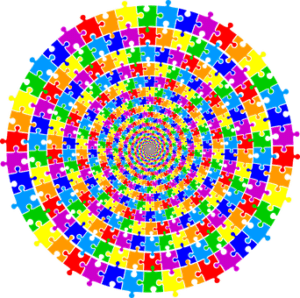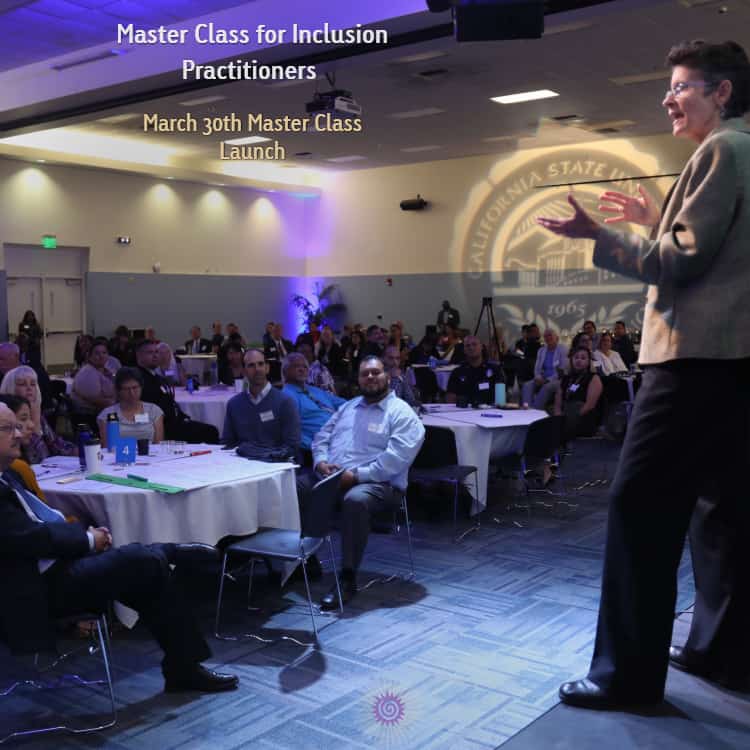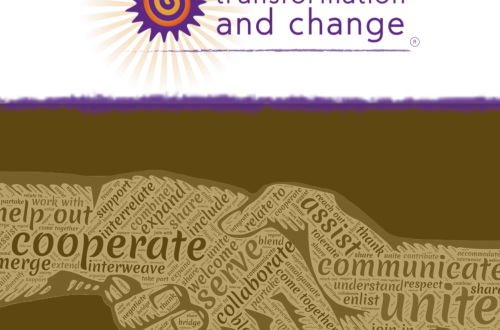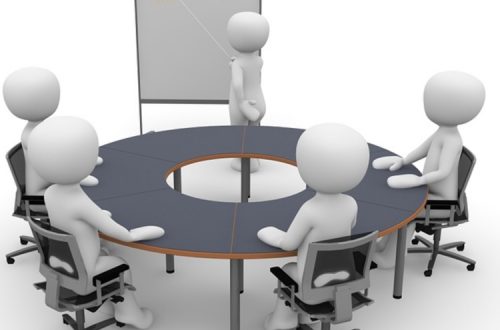Your Organization Revised the Diversity Statement…Now What?
Organizations across the country are increasing their commitment to create inclusive cultures that support the success of the full breadth of their clients and employees. But after you revise the new Diversity Statement, what’s next?
Revising the Diversity Statement is Just the First Step

Too often, I see organizations roll out a list of unconnected activities and trainings without a strategic accountability structure in place to ensure meaningful, sustainable organizational change.
As you are likely aware, organizations are typically slow to change and can get stuck in the inertia of the status quo. Especially now, we can no longer afford to be complacent or wait for someone else to lead the way.
Relying on just one or a few people is equally ineffective. It is critical that all leaders are inspired, trained, and held accountable for creating systemic change.
Intensifying Efforts to Create an Inclusive Culture
In response to external and internal demands, many leaders are intensifying their focus and requiring staff to deepen their capacity to serve the increasingly diverse customers they serve….to create an inclusive culture where programs, services, policies and practices meet the needs and support the success of all members of the organization, not just those who have historically been valued.
One tool I’d like to share with you today that can help examine the current culture and climate of the organization is what I call the Inclusion Lens.
The Inclusion Lens can facilitate authentic dialogue as the organization works to identity and shift anything that undermines the goal of an inclusive workplace…anything that is hindering the success of employees across all identity groups.
Use an Inclusion Lens to Track and Observe Behaviors
 Facilitators, change agents, and other leaders can show participants in training sessions how to track and observe using the Inclusion Lens, meaning, to notice patterns of behavior and treatment by privileged/marginalized group membership.
Facilitators, change agents, and other leaders can show participants in training sessions how to track and observe using the Inclusion Lens, meaning, to notice patterns of behavior and treatment by privileged/marginalized group membership.
The caveat here is that not every member of a privileged group treats marginalized group members in the same way; yet, there are patterns of differential treatment and experience that often occur.
A good example of this is often seen in management: not all managers disrespect the input of people they supervise, and at the same time, many employees report the pattern of managers dismissing and rejecting their ideas and suggestions without much discussion.
When we factor in additional differences of race, gender, age, sexuality, etc., the negative impact of these unproductive behaviors is exponentially greater.
How can you best train people to learn to use an Inclusion Lens?
Experience has shown me that people can often easily recognize and relate to common privileged/marginalized group dynamics with respect to several categories of difference, including:
- Hierarchical level (executives, managers, supervisors, employees; faculty, staff, students)
- Job function (white collar, blue collar; STEM and business schools compared to colleges of education and fine arts)
- Revenue generation (profit centers, service providers, back room operations)
- Years of experience (more experienced, less experienced, new to organization)
- Age (40’s and 50’s, 30’s, 20’s, 65+, teenagers)
It may be useful to design initial examples/stories and activities (role plays, case scenarios, video clips, etc.) using some of the above categories to teach these various diversity/inclusion concepts and tools. Once people are grounded in these key foundational concepts, they may be more willing and capable of exploring topics that typically generate more resistance, such as race, sex, gender identity, immigration status, sexuality, disability status, religious differences, etc.
Use Case Studies to Apply Basic Diversity and Inclusion Concepts
 Case studies can provide powerful learning opportunities to apply basic diversity/inclusion concepts and skills in real-time situations. The following questions may be useful prompts to diagnose and discuss a case study:
Case studies can provide powerful learning opportunities to apply basic diversity/inclusion concepts and skills in real-time situations. The following questions may be useful prompts to diagnose and discuss a case study:
- What are the various group memberships of the people involved, and which privileged and marginalized group memberships seem central to this situation?
- What are the probable perspectives and feelings of each party?
- What unconscious attitudes, assumptions, and biases might be playing out in this situation ~ both towards members of marginalized groups as well as members of privileged groups?
- What, if any, unproductive or exclusionary behaviors are occurring in this situation that undermine the organization’s values and mission?
- What are the probable outcomes if this situation is left unaddressed (whether the impact was intended or not): for members of marginalized groups? Members of privileged groups? For the team? For the organization?
- What organizational issues are relevant in this situation, such as formal and informal policies, norms, organizational practices, etc.
- Given your diagnosis, what and/or who should be the focus of a response? What are your expected outcomes?
- What might be some effective ways to respond? And by whom?
If you’d like to deepen the capacity at your organization to create a more inclusive culture, I invite you to join me May 17th for an in-depth, 3-hr Virtual Institute, Creating Inclusive Cultures: Deepen the Capacity to Lead Organizational Change. Register your spot today.




